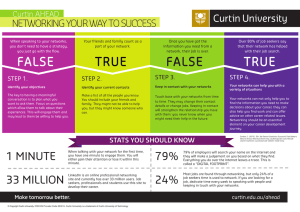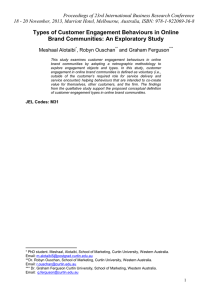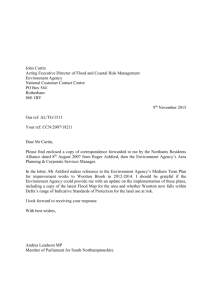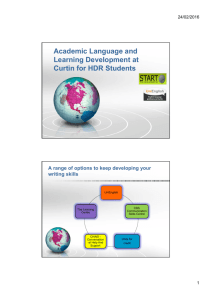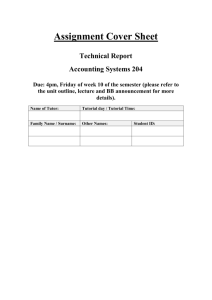ES100_Lecture 0
advertisement
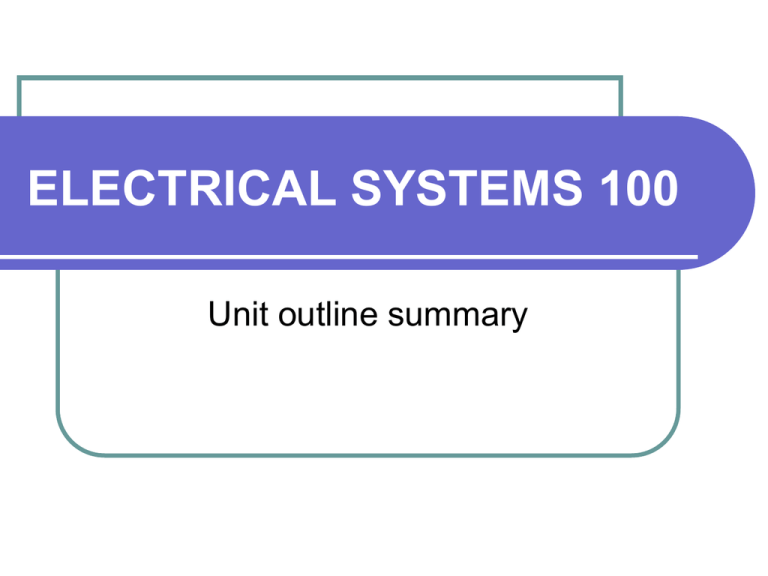
ELECTRICAL SYSTEMS 100 Unit outline summary Contact Details Dr Kelvin Tan (204:204) Ext : 1360 Email : Kelvin.Tan@curtin.edu.au Barrie S. Heald bsheald@cygnus.uwa.edu.au Binayak Banerjee binayak.banerjee@student.curtin.edu.au Kai Karvinen kai.karvinen@student.curtin.edu.au Kaye Family jaspercat9@hotmail.com Lumsden, James Andrew james.lumsden@student.curtin.edu.au Keith keith.rainbow@ece.curtin.edu.au Mike michael.hamer@student.curtin.edu.au Agus agus.ulinuha@postgrad.curtin.edu.au Susanne strawberry_eater@hotmail.com Lab & Tut Schedule Assessment : Lecture - Recommended Text: Robert L Boylestad, “Introductory Circuit Analysis”, 10th or 11th Edition, Prentice Hall Inc. Laboratory Pre-lab • Research on the experiment topic Lab :- Carry out the experiments Post –Lab • Formal Lab report • Calculate and answer all the post-lab question • Explain “Why” and “How” about your lab results •Attendance is compulsory •Valid reasons and must be provided •Swapping of class and groups are not allowed The Syllabus: Fundamentals of DC Circuits (Week 1-4) Fundamentals of AC Circuits (Week 5-6) Electro-mechanics and Energy Conversion (Week 7-9) Electronic switches and Rectifications (Week 10) Instrumentations and Control (Week 11-12) Plagiarism: Academic honesty is crucial to a student's credibility and self-esteem, and ultimately reflects the values and morals of the University as a whole. A student may work together with one or a group of students discussing assignment content, identifying relevant references, and debating issues relevant to the subject. Plagiarism occurs when the work of another person, or persons, is used and presented as one's own, unless the source of each quotation or the piece of borrowed material is acknowledged with an appropriate citation The University regards very seriously any acts of cheating, or dishonesty by way of plagiarism. Penalties for such incidences have been defined within the University's Acts and Statutes
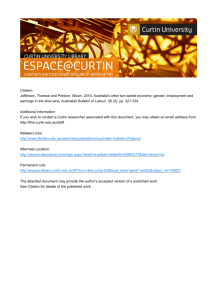
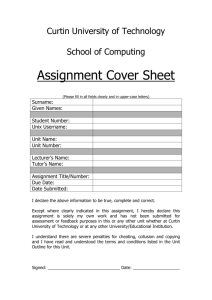
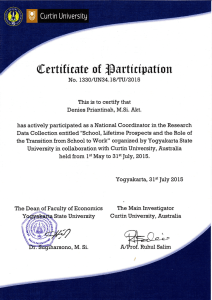
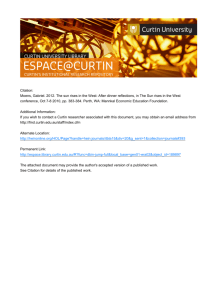
![Assignment coversheet (single) [ 48KB]](http://s3.studylib.net/store/data/008375796_1-47bef2c2c4eb4b7696d1fc3a80518558-300x300.png)
![Assignment coversheet (group) [ 126KB]](http://s3.studylib.net/store/data/008375797_1-0b6687da490940610c4ecb23456dda46-300x300.png)

